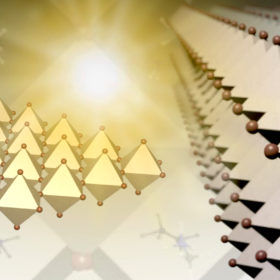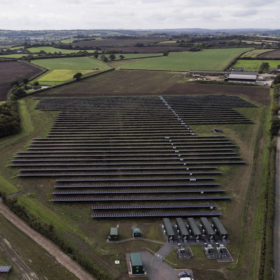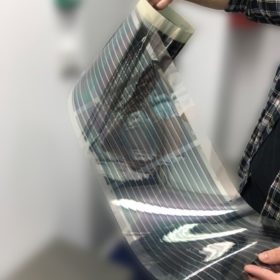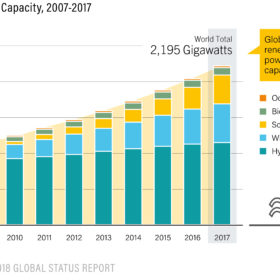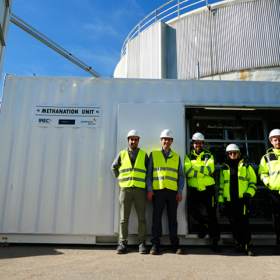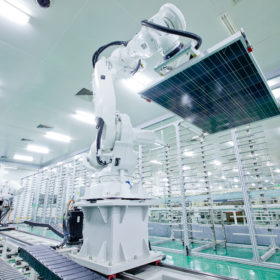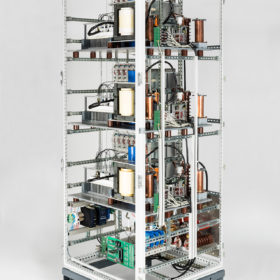U.S. scientists develop scale for measuring perovskite energy
A team from Rice University and Los Alamos National Laboratory has been able to observe electronic properties of perovskites at the quantum scale, and made discoveries likely to impact the development of perovskite solar cells.
India to launch its own battery cell production
India’s PV sector is expanding at a serious pace, creating jobs and further securing energy supply for many businesses. Yet, sourcing battery cell technology at the current rate resulted in annual foreign exchange of $150 million creating deficits, that hopefully can be averted in the future.
The weekend read: Solar’s coming of age in the UK
Subsidy-free solar PV plants have generated buzz in the UK, with some plants commissioned and others planned to be developed outside of any public remuneration scheme. pv magazine explores whether the UK solar industry is ready to embrace the trend in bulk soon.
Solaredge: Designing rooftop system with new web-based software
With a growing global residential PV market, software solutions to optimize rooftop systems have spawned. Last year the PV market grew by 29% with no sign of decelartion in sight. Optimizing installations and making them as convenient as possible has thus become a hotter market recently.
Physicists shine a light on photon absorbency – research with potentially huge PV implications
Researchers were able to effect electronic transitions at different frequencies, and through a different physical process, by altering the angle at which nanolayers of gold were positioned. Being able to predict and fine-tune the nature of such transitions could have a fundamental affect on solar PV cell efficiency.
Greek researchers hit new efficiency landmark for single-junction OPV cells
While intriguing, OPV technology has yet to achieve the commercial efficiency yield to be a serious competitor. Research institutes and companies worldwide are exploring compound and manufacturing methods as organic PV yields rise.
REN21 report: record PV growth but soaring energy demand leaves renewables playing catch-up
Renewable energy has made great strides in electricity generation but the integration of renewables in the heating, cooling and transport sectors is still in its infancy. With those sectors making up around two thirds of global energy demand, there is still enormous potential to harness PV and other technologies.
Gas Natural Fenosa launches power-to-gas project as advocates of the technology call for policy clarity
The Spanish power provider developed the pilot project with the Institut de Recerca en Energia de Catalunya and German spin-off Ineratec. Meanwhile, the European Power to Gas Platform has issued a paper demanding more regulatory certainty for power-to-gas, and to include it as an alternative in the cost-benefit analysis for grid extensions.
Jinko’s approach to PID-resistant PV modules
Talking to pv magazine, Andrea Viaro, head of technical service Europe for JinkoSolar, explains how the Chinese manufacturer is dealing with PID degradation.
Fraunhofer ISE launches grid-stabilizing high-voltage inverter
The new inverter was developed in the HV-SiC project under the Future Electricity Grids funding program financed by the German Federal Ministry of Education and Research (BMBF). The inverter can regulate power currents of up to 10-15 kV more than ten times higher than regular silicon inverters. Fraunhofer says this makes new system architectures for power grids and plants conceivable.
